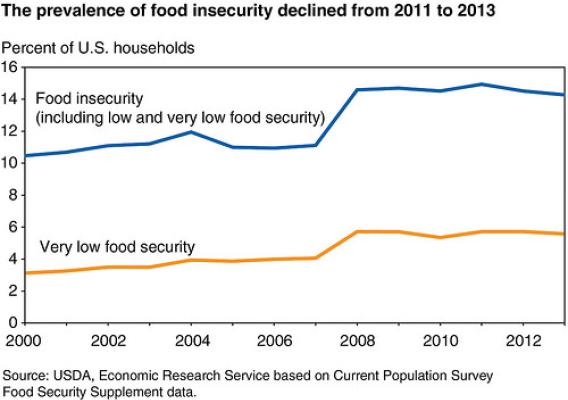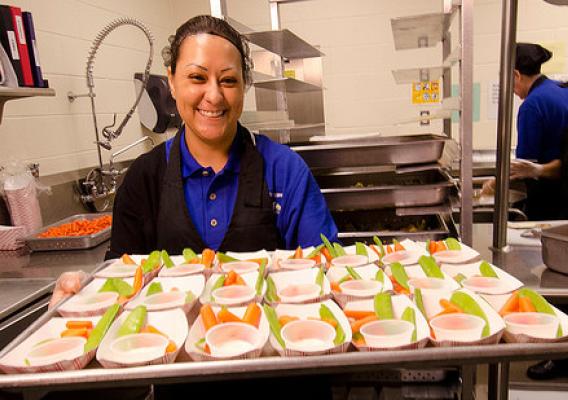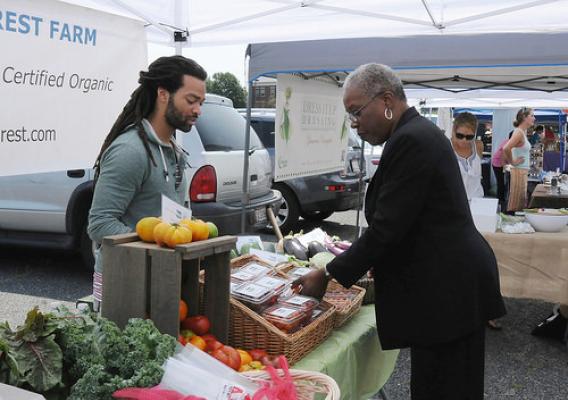“How many of you like vegetables?” The question posed to a gathering of Choctaw children in a garden in rural Mississippi elicits skeptical responses. But upon sampling the fresh produce harvested with their own hands, however, the children’s stereotypes of disgust turn to surprises of delight. A young boy taking a giant bite out of a juicy tomato could be the poster child for the vibrant red fruit. A pair of sisters declares cucumbers as their favorite. The newly adventurous children are even willing to taste raw eggplant…Now that’s impressive.
Through a summer program made possible by a Food Distribution Program Nutrition Education (FDPNE) Grant from the Food and Nutrition Service, 150 children from the Mississippi Band of Choctaw Indians were able to get up close and personal with fresh fruits and vegetables. Twice a week, children ages 6-18 from the Boys and Girls Club and the Tribal Youth Court participated in the lifecycle of planting, picking, and preparing produce. The week my colleagues and I visited the Choctaw Indian Reservation, the children scattered seed for iron clay peas, witnessed the hustle and bustle of a farmers market, and learned how to dice vegetables for a salsa recipe.










